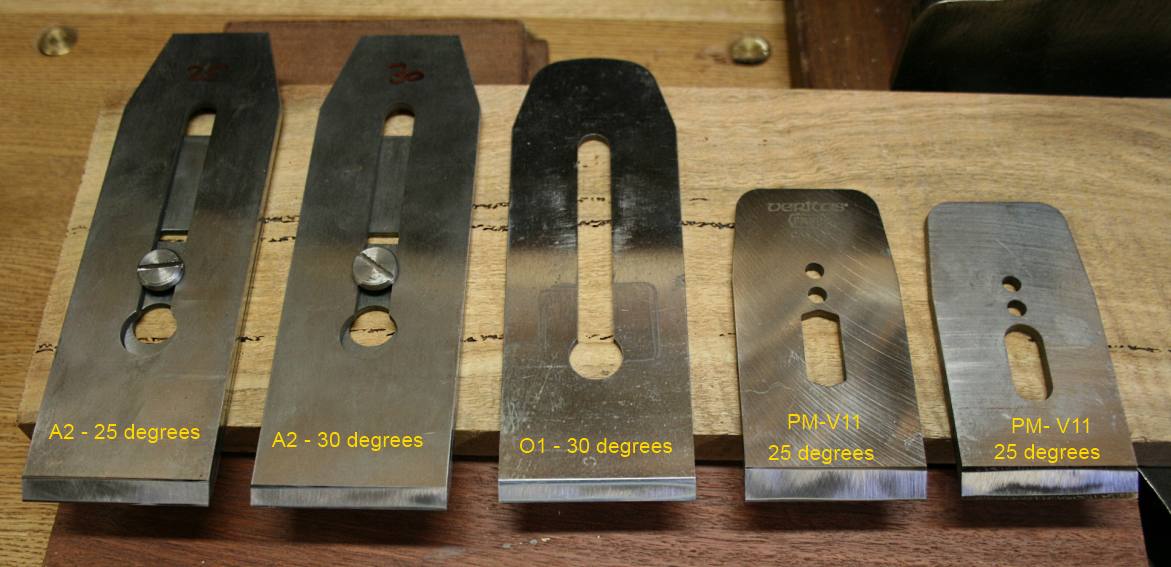
Originally Posted by
Matthew N. Masail

I honestly wish that someone would start making good old tough carbon steel blades like they used but with a modern like consistency which I'm sure can be done. Hock irons are great and all the ones I have perform the same, but they are HARD, not quite like the old steel.
There are good old fashioned blades made! Ray Isles makes them (sold in the US-or used to be-by "Tools for Working Wood") is one. I believe Clifton in the UK still does.
As far as processing, if tool wrap is not used, a controlled/protective atmosphere is needed in the heat treat furnace and the composition of that atmosphere can affect final properties of the steel.
If the thunder don't get you, the lightning will.





 Reply With Quote
Reply With Quote





